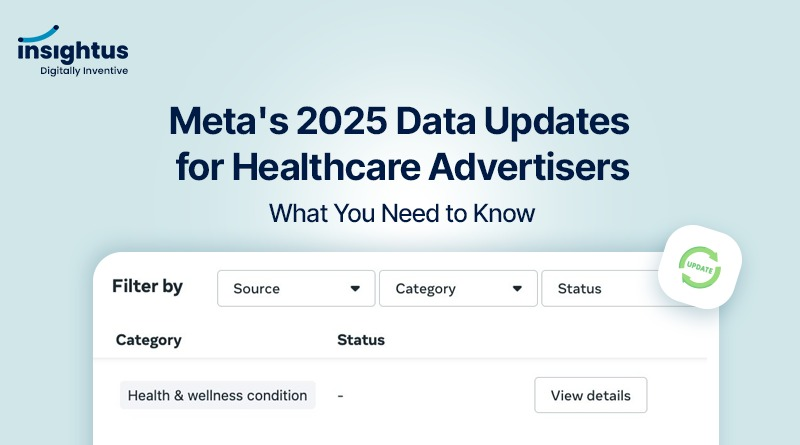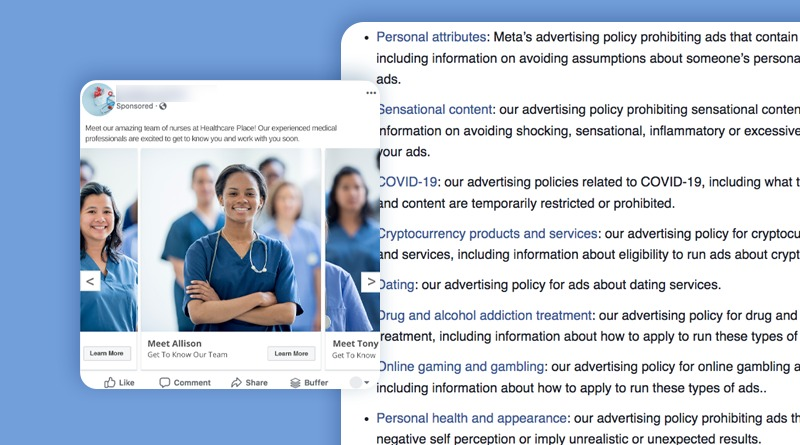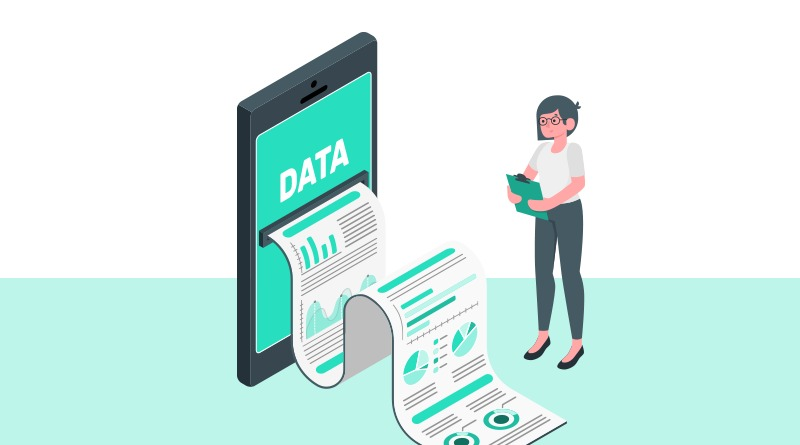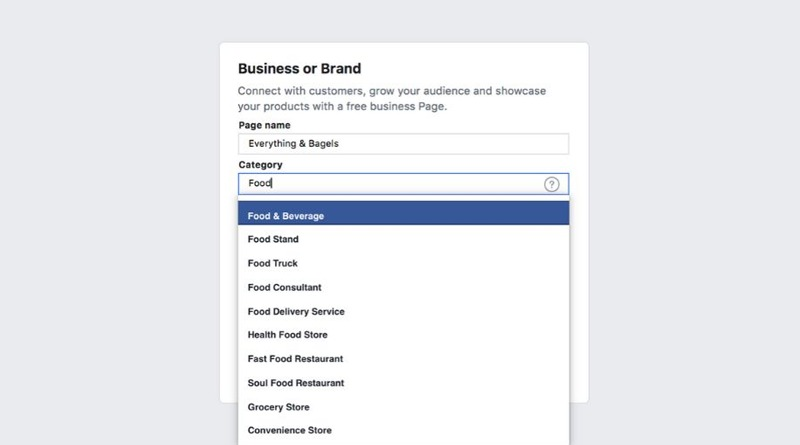
Starting January 2025, Meta is rolling out significant updates that will change how healthcare advertisers handle audience creation and campaign optimization. These updates introduce restrictions to data sharing, particularly for lower-funnel (BOF) activities, impacting retargeting and campaign strategies. However, you can successfully navigate these changes with preparation and strategy adjustments.
Here’s a deep dive into what’s changing, how it affects your campaigns, and what you can do to adapt.
Key Changes in Meta’s Data Handling for Healthcare

1. Categorization of Data Sources
Meta will categorize all healthcare-related data sources (Pixels, Conversions API, or domains) into two types:
Fully Restricted Properties:
These include condition-specific websites like treatmigraines.com. Website conversion campaigns will no longer be allowed for such domains. This means advertisers cannot optimize campaigns for actions like form submissions or purchases directly tied to these sites.
Example: If a clinic has a domain specifically for a migraine treatment program, it would fall under this category, eliminating the possibility of running Pixel-based campaigns optimized for conversions
Mid Restricted Properties:
Broader healthcare domains, such as hospital websites or multi-service medical centers, will have restrictions on BOF optimizations. This limits the use of deeper funnel events like completed form submissions or purchases for retargeting or Lookalike Audiences.
Example:
A general hospital website might still run campaigns, but advertisers can’t optimize using data from completed appointment bookings. Instead, they’ll need to track higher-level actions, such as CTA button clicks.
What You Need to Do Now
1. Audit Your Data Source Categorization

Proactively manage your data sources to understand how they might be categorized. Here’s how:
1 . Log in to Meta Events Manager in your ad account.
2. Select your Pixel, CAPI, or domain under Data Sources.3
3 . Go to Settings and look for the Manage Categories option.
You may not see your final categorization until Meta releases further updates later this year. However, identifying any discrepancies early can prepare you for appeals once categorizations are confirmed.
Why This Matters:
If your property is mistakenly categorized as Fully Restricted, you could lose the ability to run conversion campaigns entirely. Preparing now ensures you can advocate for correct categorization later.
2. Focus on Lead Forms
Meta hasn’t mentioned any restrictions on lead form campaigns. This makes them an excellent alternative for capturing leads in the absence of traditional BOF retargeting.
Tips for Lead Forms:
- Use engaging headlines like “Schedule Your Free Health Check-Up Today!”
- Keep the form short, requesting only essential details like name, email, and phone number.
- Include a clear incentive, such as “Get a Free Guide to Better Heart Health.”
Lead forms allow you to collect valuable first-party data, which you can use for email campaigns or customer relationship management (CRM) systems.
How These Changes Impact Your Strategy

1. Top-of-Funnel (TOF) Campaigns
TOF campaigns remain unaffected by the updates. This is a great opportunity to invest in campaigns that:
- Build brand awareness.
- Educate potential customers about your services.
- Drive traffic to high-value content on your website.
Example:
A hospital can create a video campaign showcasing its facilities, with testimonials from patients who received life-saving treatments. Use objectives like “Video Views” or “Traffic” to maximize reach.
2. Bottom-of-Funnel (BOF) Campaigns
For restricted properties, BOF campaigns will need to focus on higher-level actions, such as:
- CTA button clicks (e.g., “Get Started,” “Fill Form”).
- Event tracking using custom parameters for non-sensitive data.
Example:
Instead of optimizing for “Form Submission” on a page offering orthopedic services, you can track clicks on the “Book Appointment” button. Use these button clicks to measure engagement and optimize conversions.
3. Retargeting & Lookalike Audiences (LAL)
With restrictions on Pixel or CAPI data from BOF events, retargeting strategies must evolve:
- Engagement-Based Audiences: Retarget people who interacted with your Facebook or Instagram posts, watched your videos, or clicked on your ads.
- First-Party Data Audiences: Upload data collected via lead forms or CRM systems to create Custom Audiences. Build LALs from this data.
Example:
If you’ve captured email addresses through lead forms, upload these to Meta’s Ads Manager and create a Lookalike Audience to reach similar users.
Adapting Strategies for 2025 and Beyond

1. Invest in First-Party Data Collection
First-party data is becoming a goldmine in digital marketing. Use tools like email newsletters, downloadable guides, and webinars to collect user information directly.
Example:
Run a campaign offering a free webinar on “Managing Diabetes for a Healthier Life.” Collect registrations through a lead form and use this data to build a retargeting audience outside of Meta’s ecosystem.
2. Emphasize Lead Form Campaigns
Lead forms will be your go-to solution for BOF campaigns. Design forms that are simple, attractive, and optimized for mobile devices.
Tips to Boost Lead Form Performance:
- Include a clear, action-oriented CTA like “Claim Your Free Consultation!”
- Use visuals to grab attention, such as images of your healthcare team or facilities.
- Test different form lengths and incentives to find what resonates best with your audience.
3. Leverage TOF for BOF Success
A strong TOF strategy can help drive users into your BOF funnel. Use UTM parameters to track traffic and actions outside Meta’s platform.
Example:
Promote a blog post titled “5 Early Signs of Heart Disease” using TOF campaigns. On the blog page, include a clear CTA like “Book Your Heart Check-Up Today!”
No Need to Panic: There’s Always a Way
Adapting to changes in digital marketing is nothing new. While Meta’s 2025 updates bring challenges, they also encourage advertisers to be more creative and data-driven.
Focus on what you can control:
- Audit your data sources and be ready to appeal incorrect categorizations.
- Rely on first-party data to build robust retargeting and Lookalike Audiences.
- Shift BOF campaigns to prioritize actions like button clicks and engagement metrics.
With the right adjustments, you can continue running campaigns that not only comply with Meta’s policies but also deliver strong results.
Take Action Today
- Audit your data sources in Meta’s Events Manager.
- Switch to lead forms for bottom-of-funnel lead generation.
- Develop first-party data strategies like webinars and guides.
- Monitor updates from Meta to stay informed about appeals and guidelines.
By preparing now, you’ll be ready to tackle Meta’s 2025 updates head-on and keep your healthcare advertising campaigns running smoothly.

